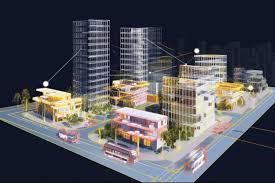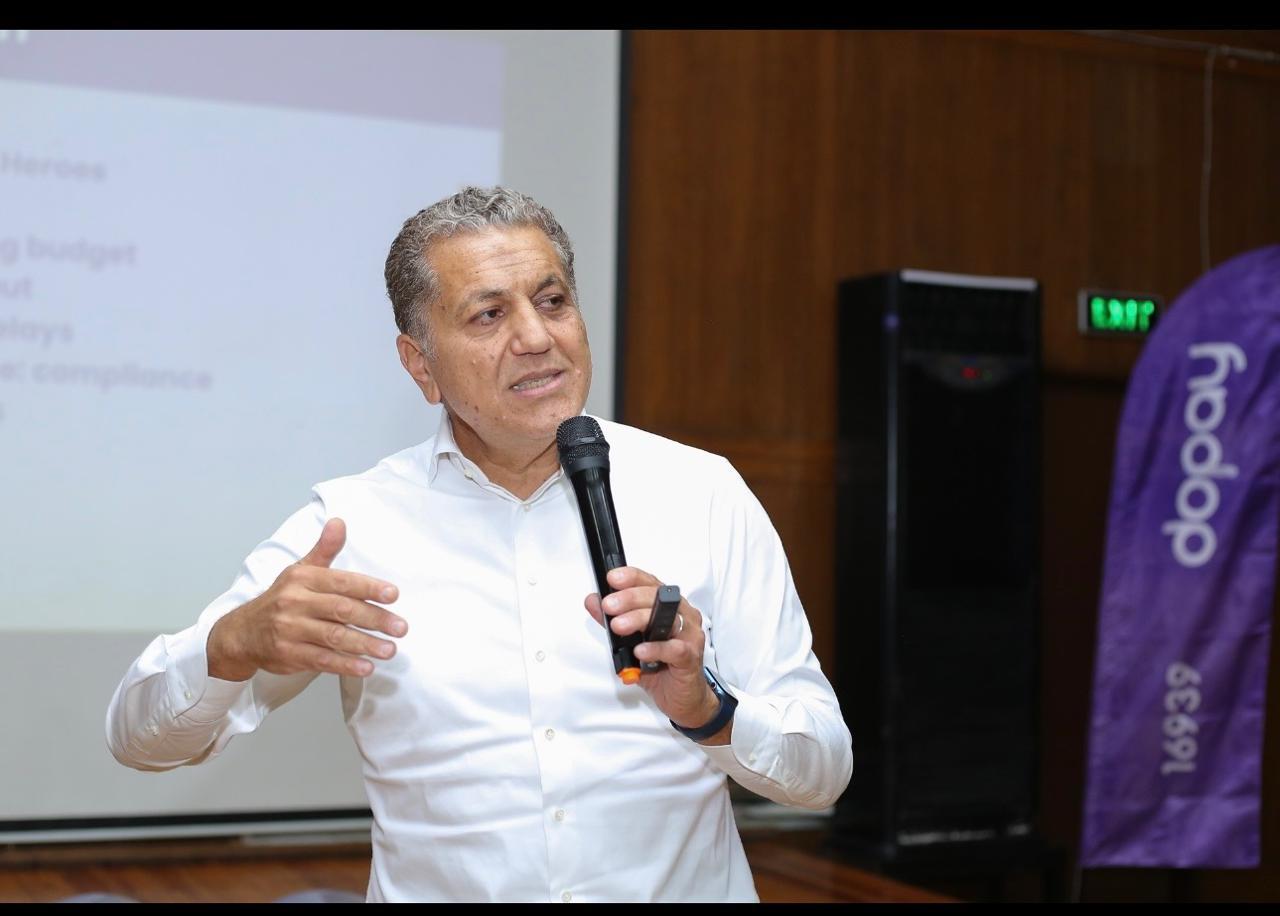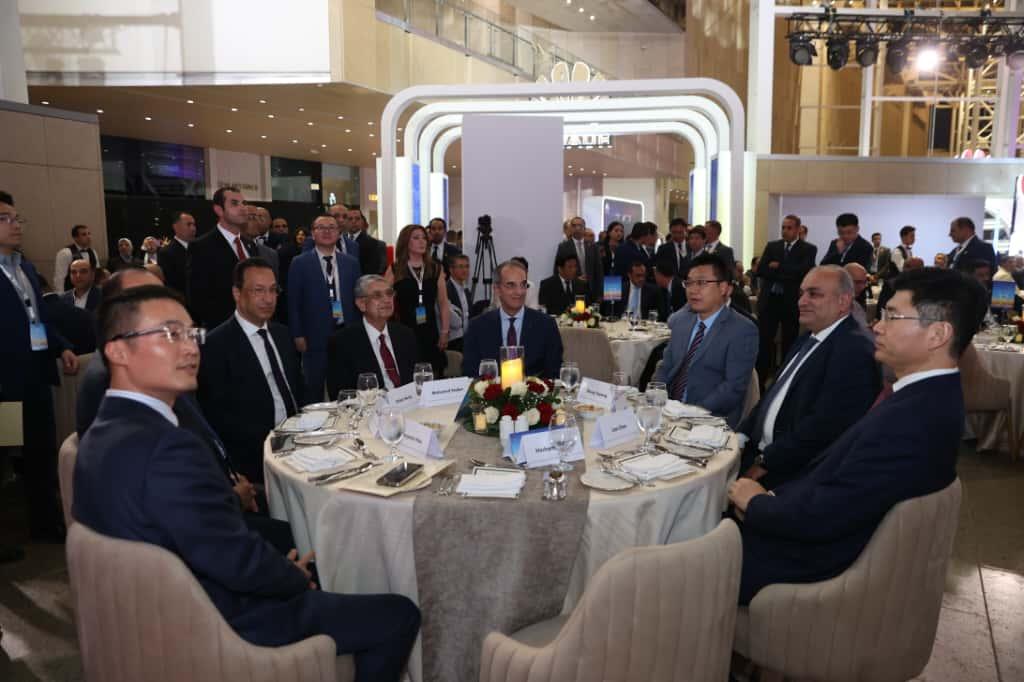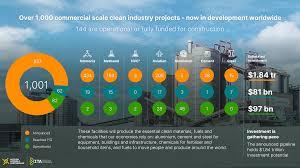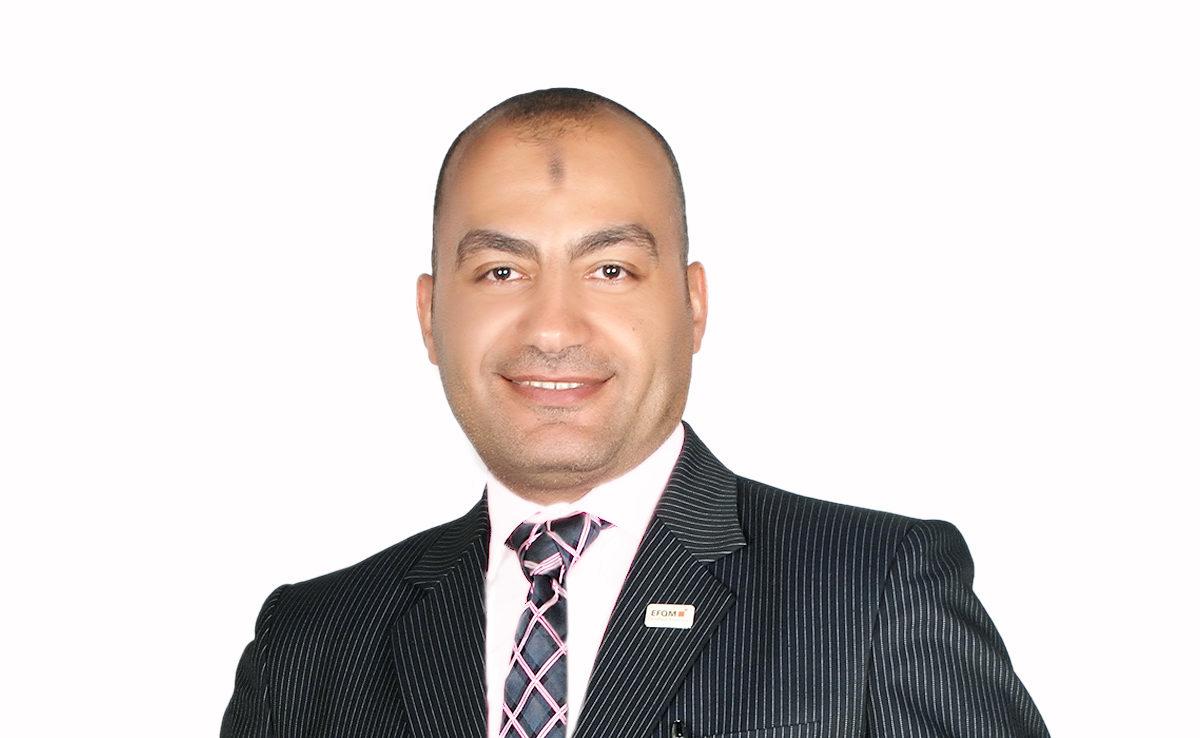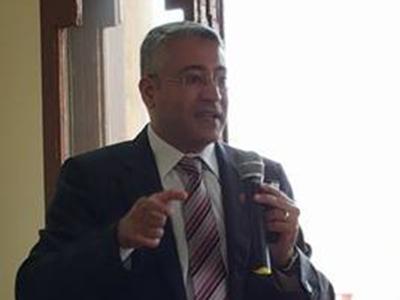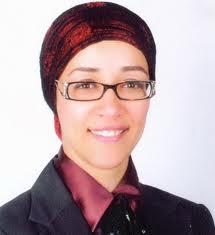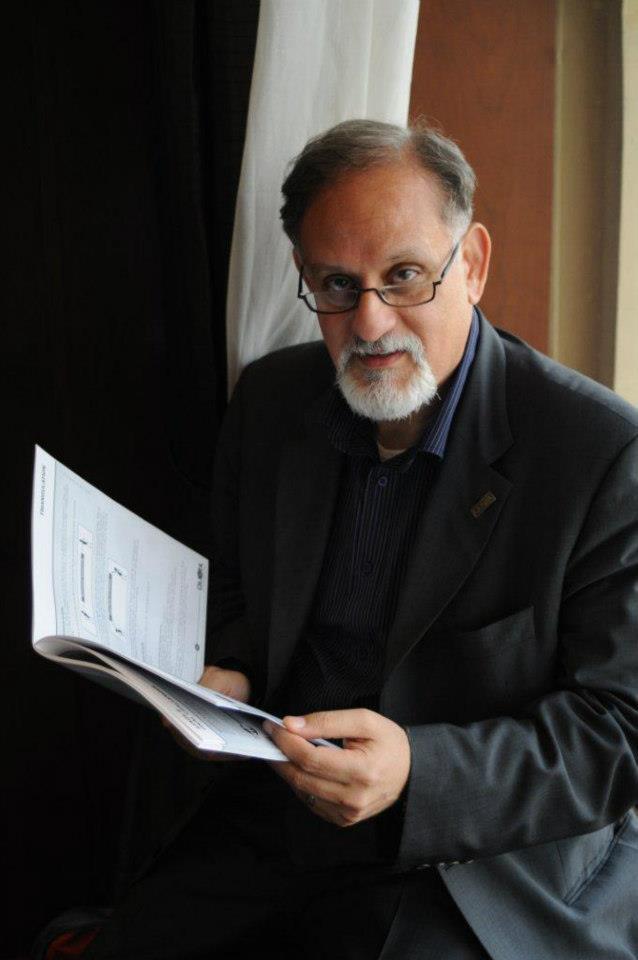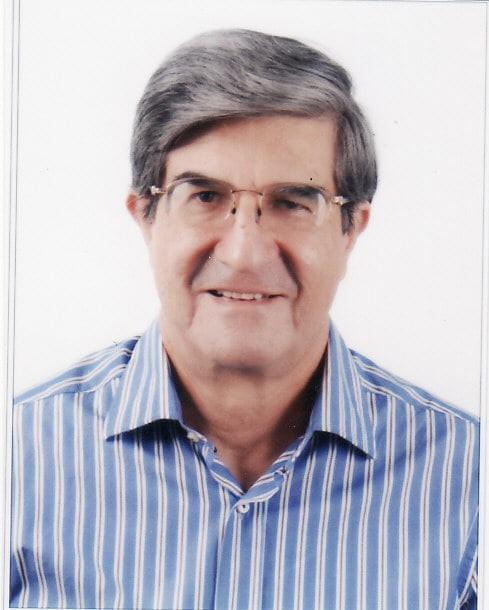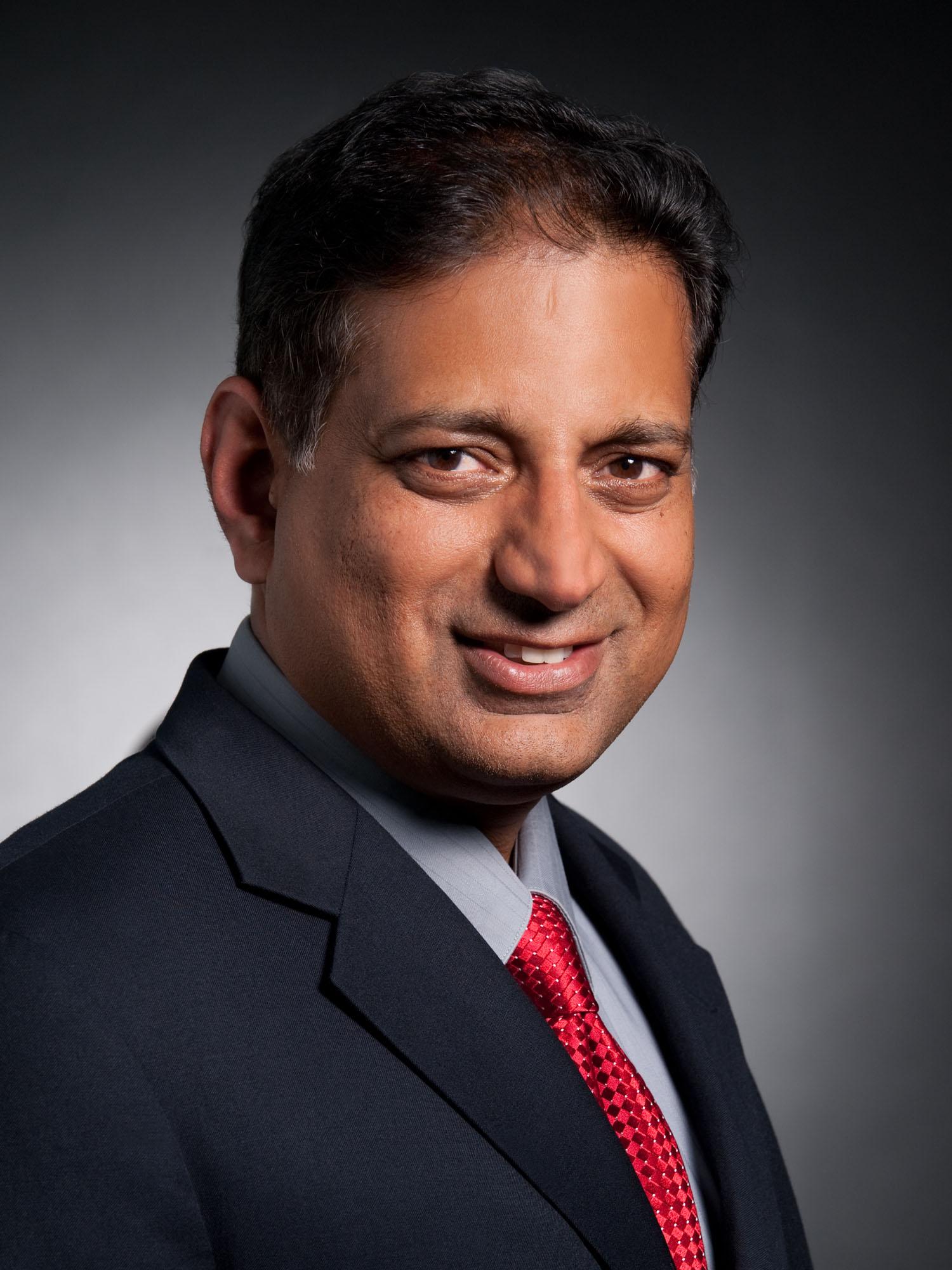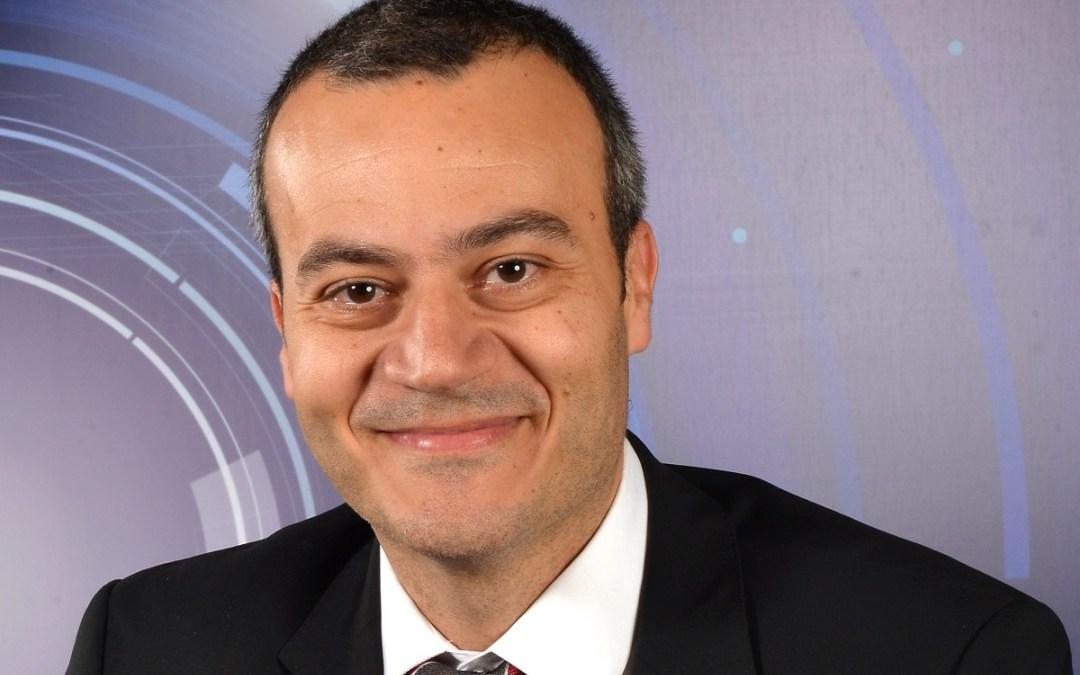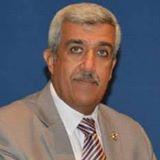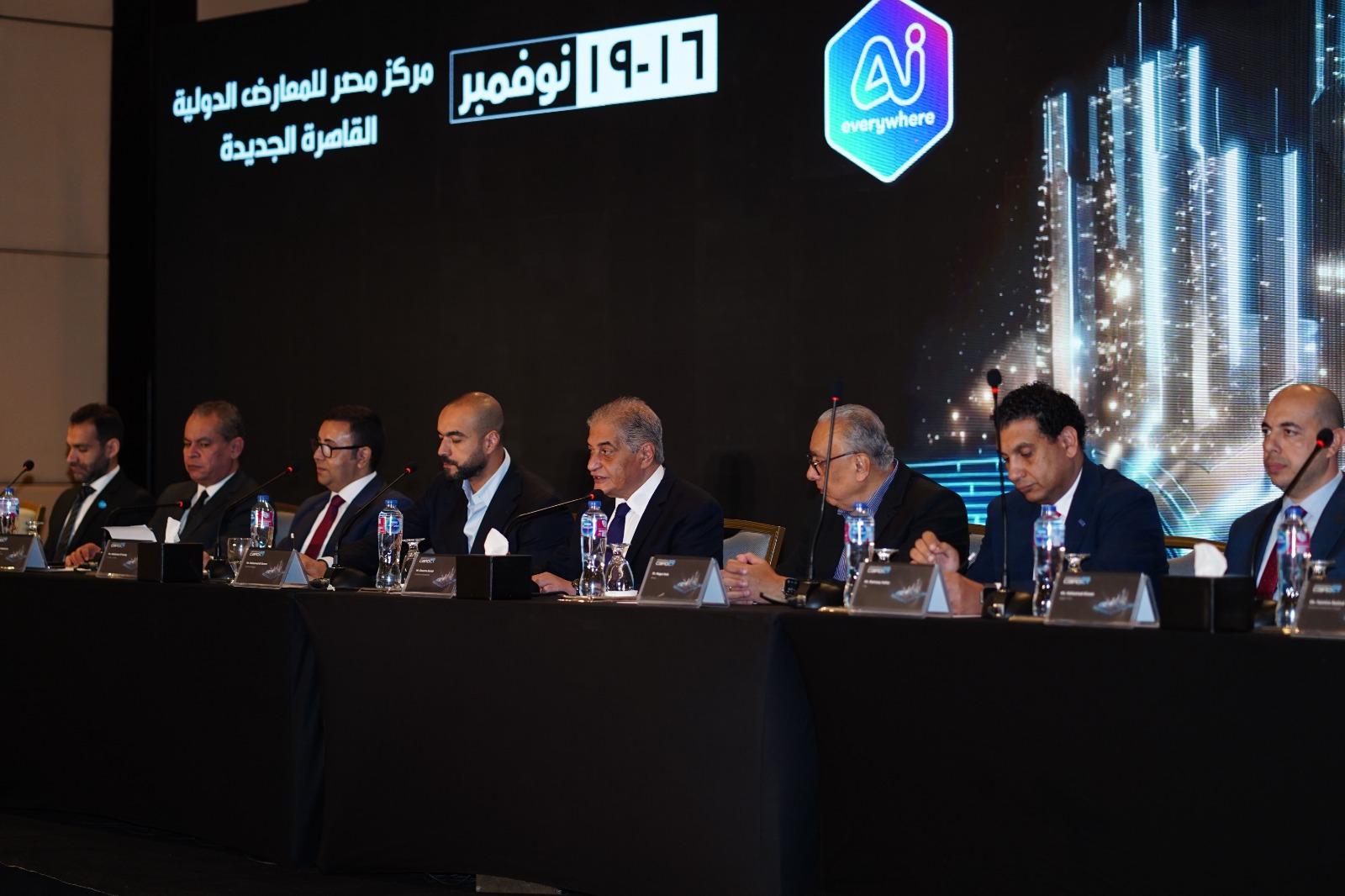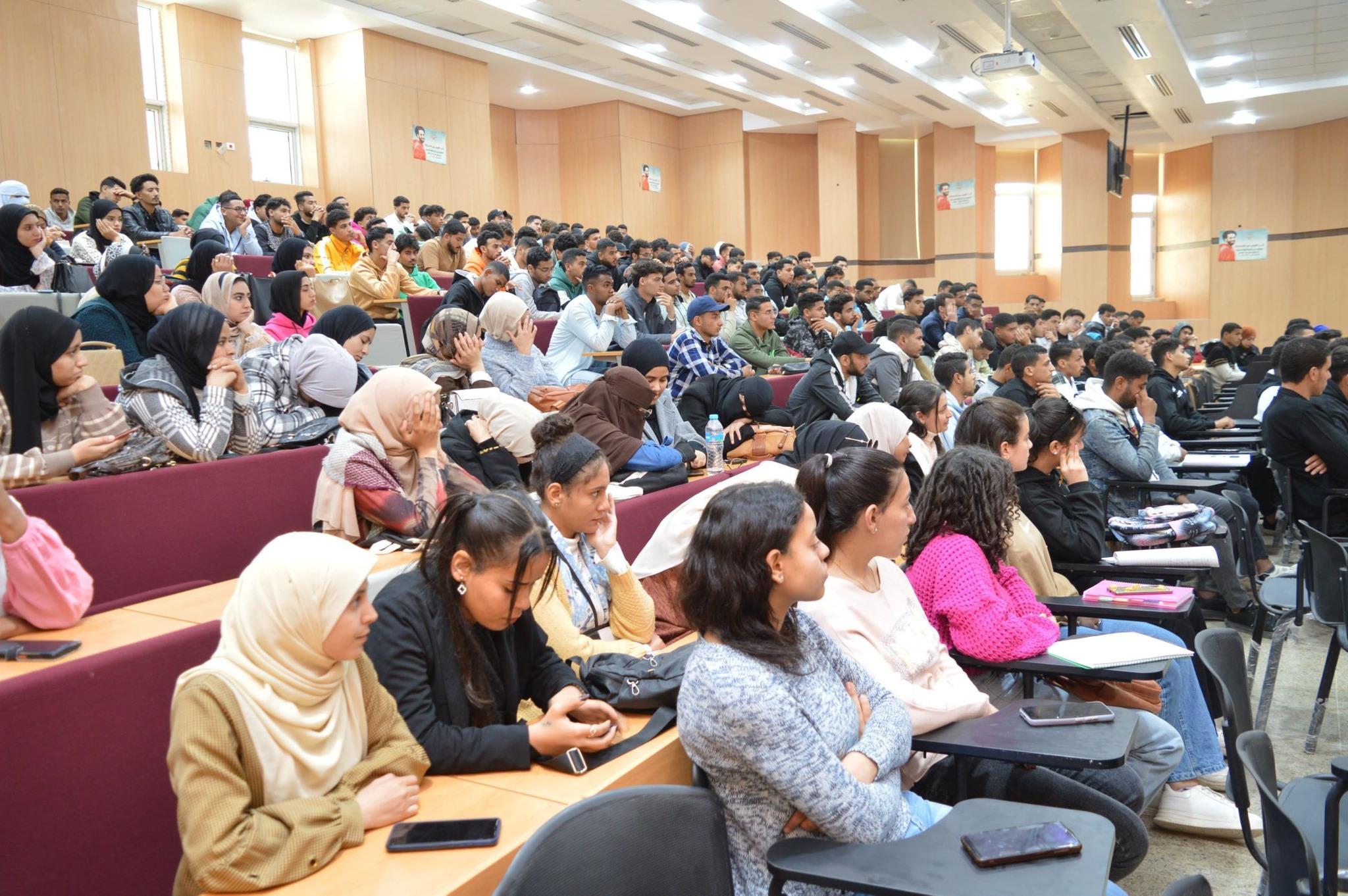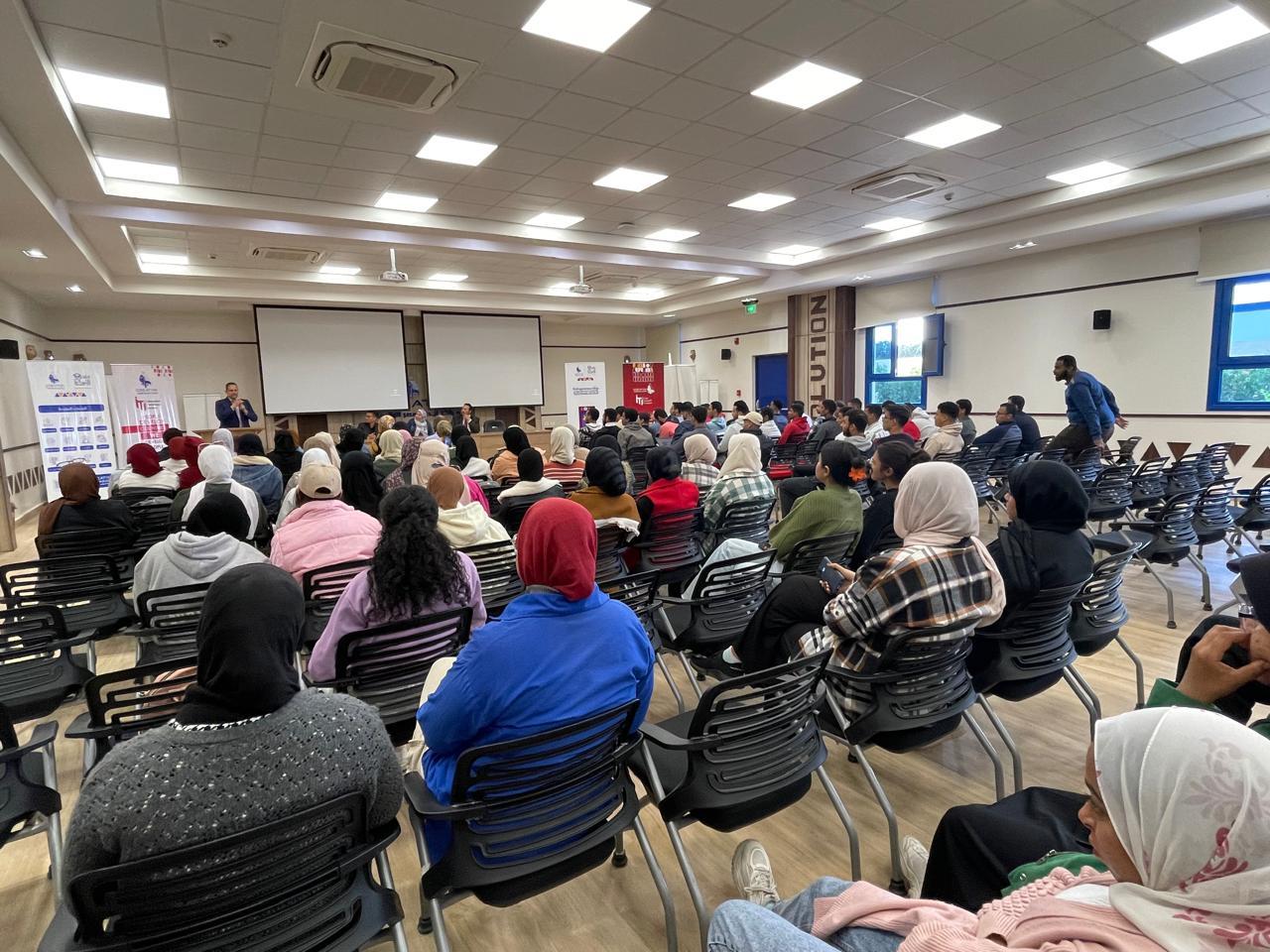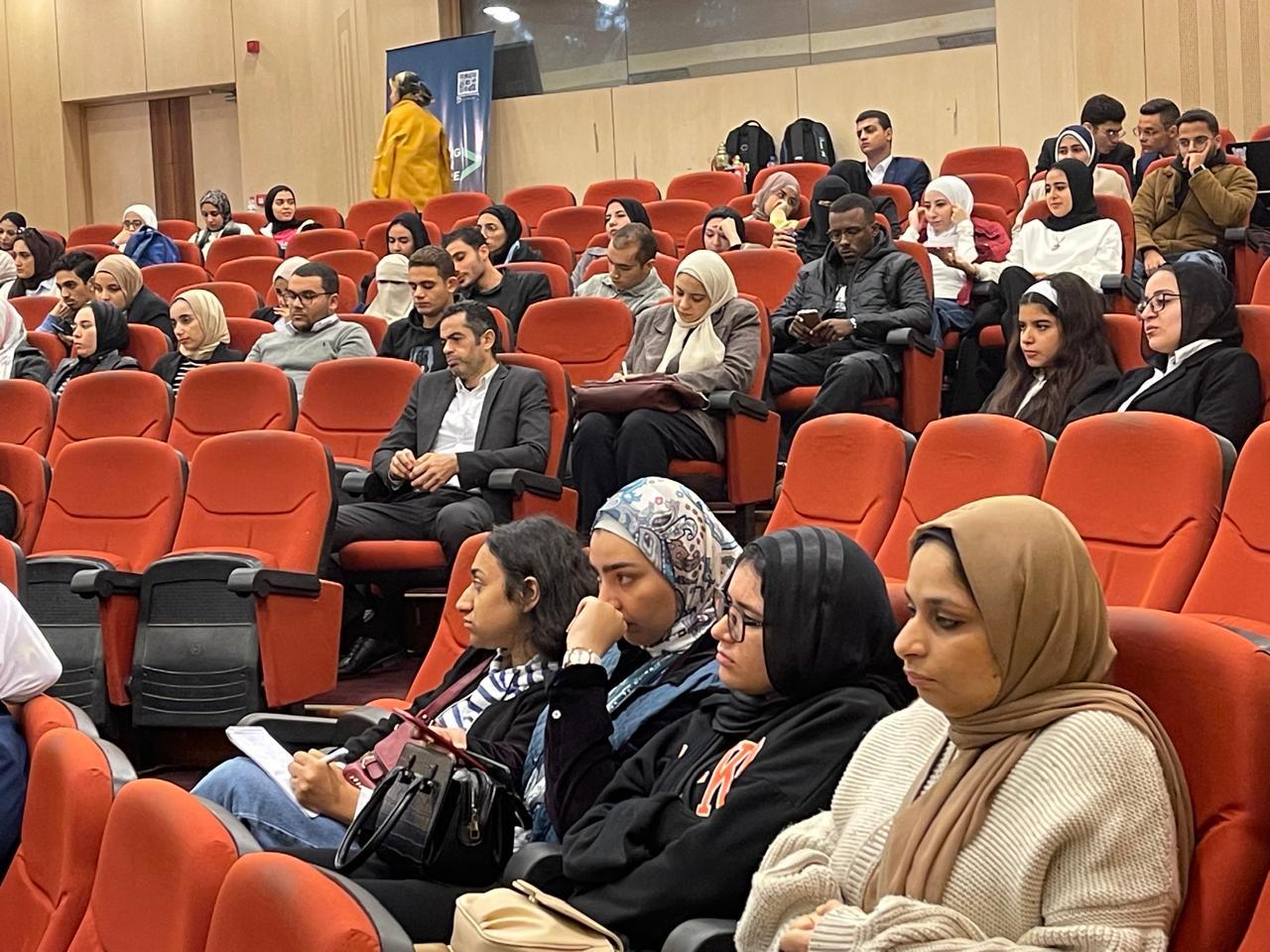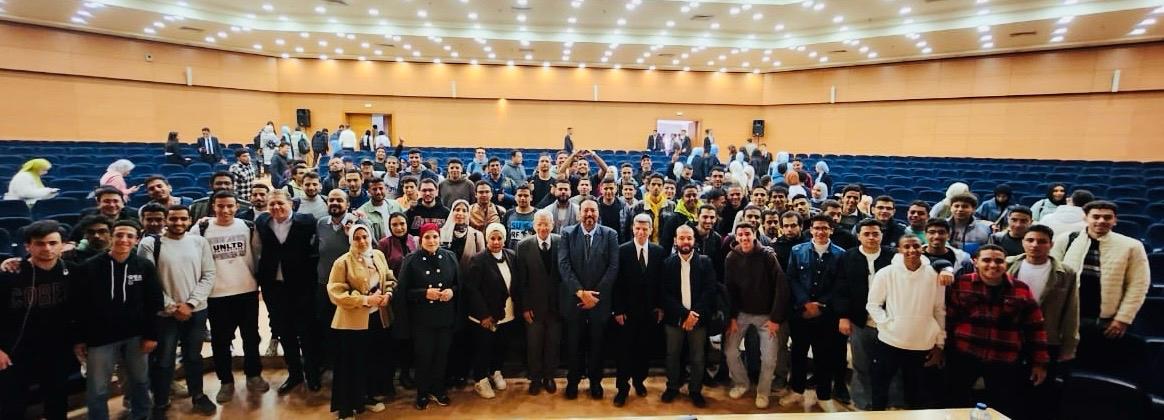By: Wael Elgafary
Recent research suggests energy planning should shift focus – from optimizing individual buildings to managing entire city blocks with shared energy infrastructure. But without real-time coordination between energy management systems, even the most connected city zones continue to waste energy.
July 30, 2025. Cities now account for 75% of global energy use and 80% of CO₂ emissions, according to a review published in the Sustainable Futures Journal in July 2025. Researchers say cutting energy waste requires managing how entire neighborhoods produce, share, and consume power.
Some cities, however, are already putting this neighborhood-wide approach into practice.
Amsterdam and Copenhagen are leading with Positive Energy Districts (PEDs) – zones that aim to generate more energy than they consume. These areas combine housing, retail, transport infrastructure, and office space, forming complex, mixed-use ecosystems.
“We’re sure that more and more mixed-use neighborhoods will appear – but they can’t be treated the same as individual buildings. The complexity creates new challenges,” says Donatas Karčiauskas, CEO of Exergio, a company that develops AI-based platforms for energy optimization in commercial buildings. “We need a uniform set of rules on how energy is managed if we seek global change.”
The International Energy Agency’s (IEA) Energy Efficiency Policy Toolkit 2025, published in June, emphasizes that national policy plays a foundational role in enabling energy-efficient urban systems.
It highlights the importance of aligned regulations, building codes, and digital data-sharing frameworks – all of which are needed to help local efforts work together and deliver results across entire districts.
“When national and municipal strategies align, cities can move faster from policy to implementation. Even in technically advanced districts, we still see energy being used at the wrong time or in the wrong place,” said Karčiauskas. “Digital control plays a bigger role than being just an efficiency tool. At the core, it’s how buildings exchange data and respond to each other. In mixed-use areas, that back-and-forth is what separates smart systems from wasteful ones.”
Examples of this approach are already appearing in practice, often called “urban living labs” – spaces where cities test not only new equipment but new systems of control. Some now include solar cooling, building-integrated photovoltaics, predictive HVAC management, and real-time district monitoring.
But performance varies, often due to how these systems interact, studies reveal.
Karčiauskas claims that technology choice matters less than how energy use is managed, and how that data is used in the entire district. It points to adaptive control as the next step – where systems change how much energy they use based on what’s happening at the moment.
“That means building systems that respond dynamically to weather, occupancy, grid pressure, and local demand. A shopping center at peak hours and an office building sitting half-empty on a public holiday need different approaches – yet in many districts, their systems still run as if conditions never change,” added Karčiauskas.
Latest studies support the idea that implementing energy optimization platforms that integrate big data and communicate between buildings in the area could be a timely solution, as AI is already fit for the task..
“The next decade of urban energy won’t be defined by how buildings are built – but by how they behave,” he concluded. “Cities have to be connected, adaptive and intelligent, and digital control offers a faster way forward to achieve that – using what we already have.”
